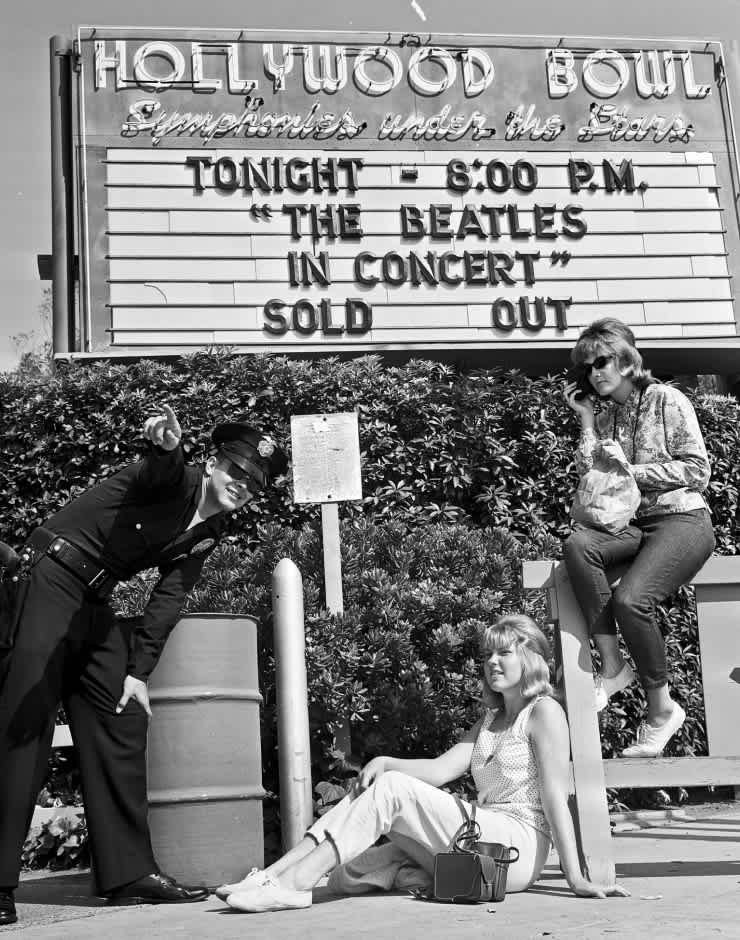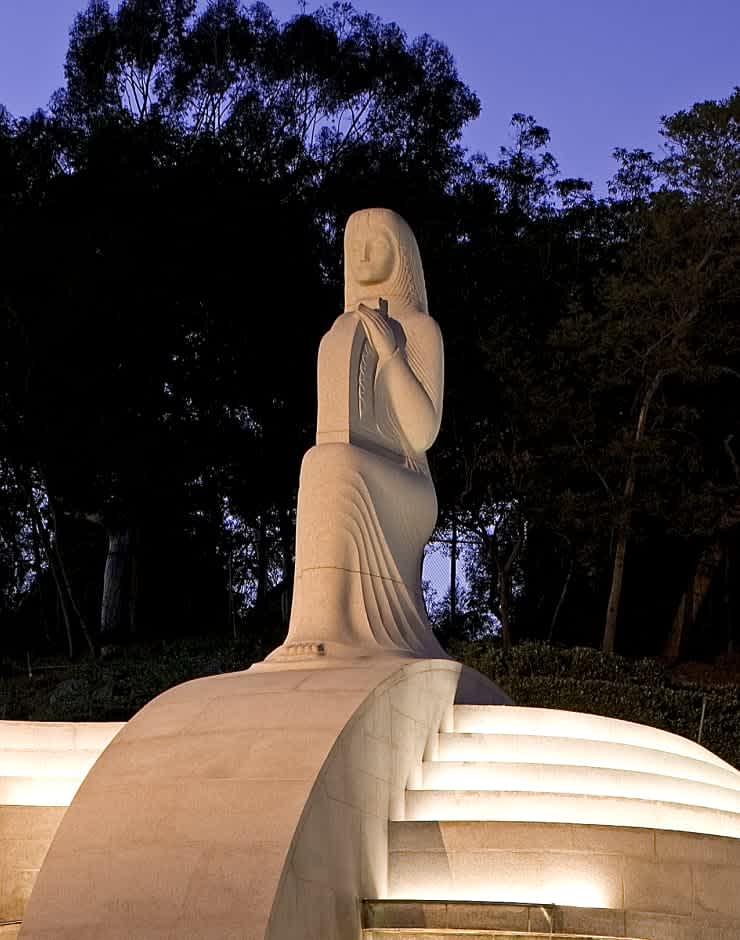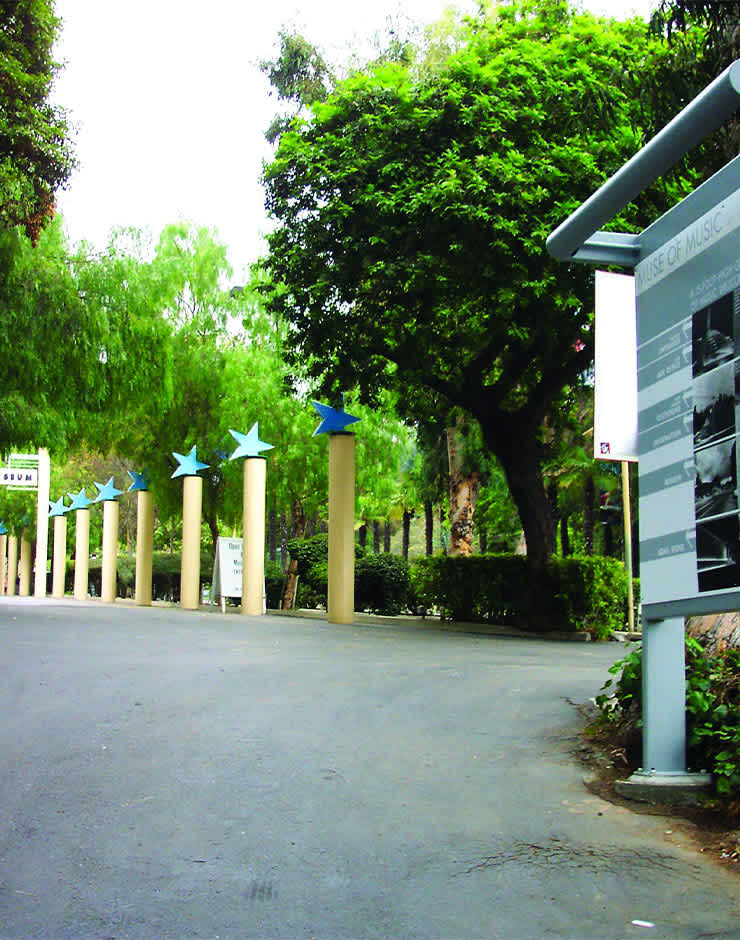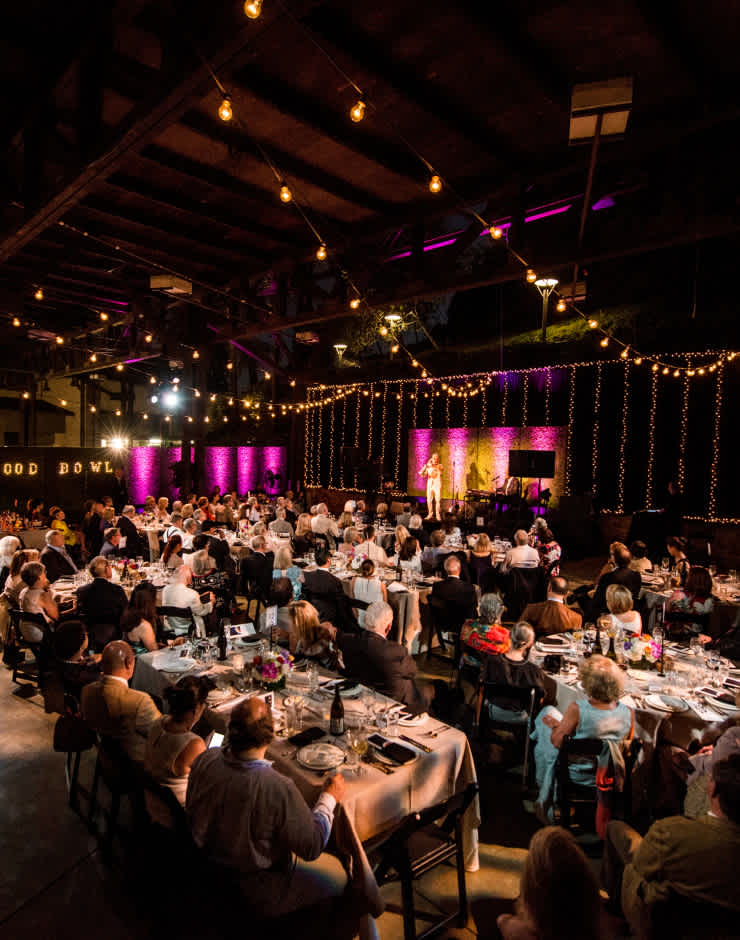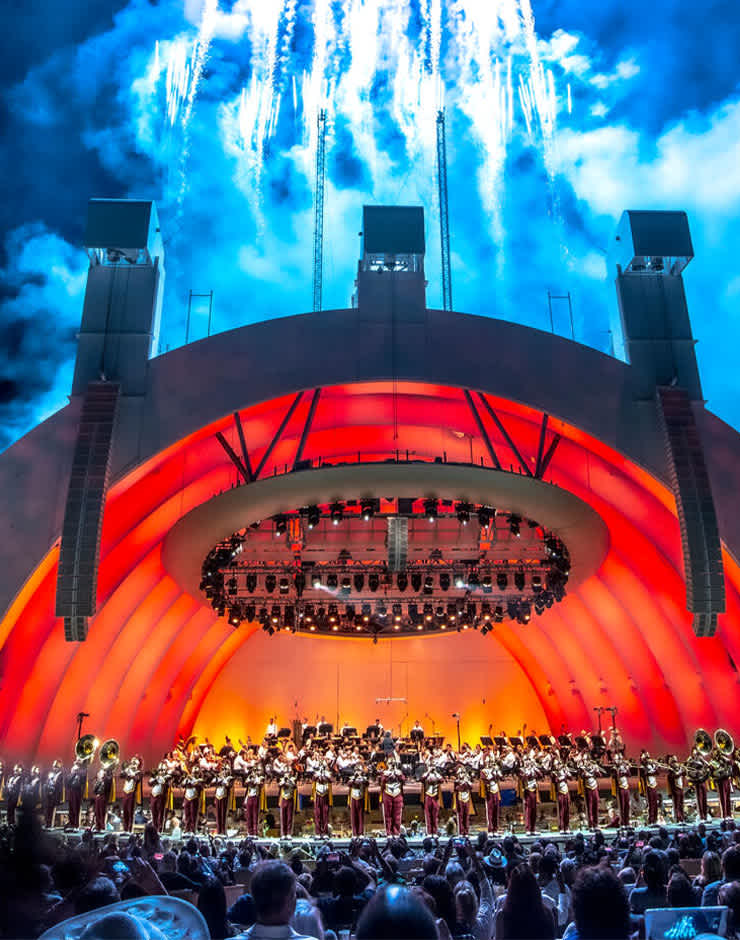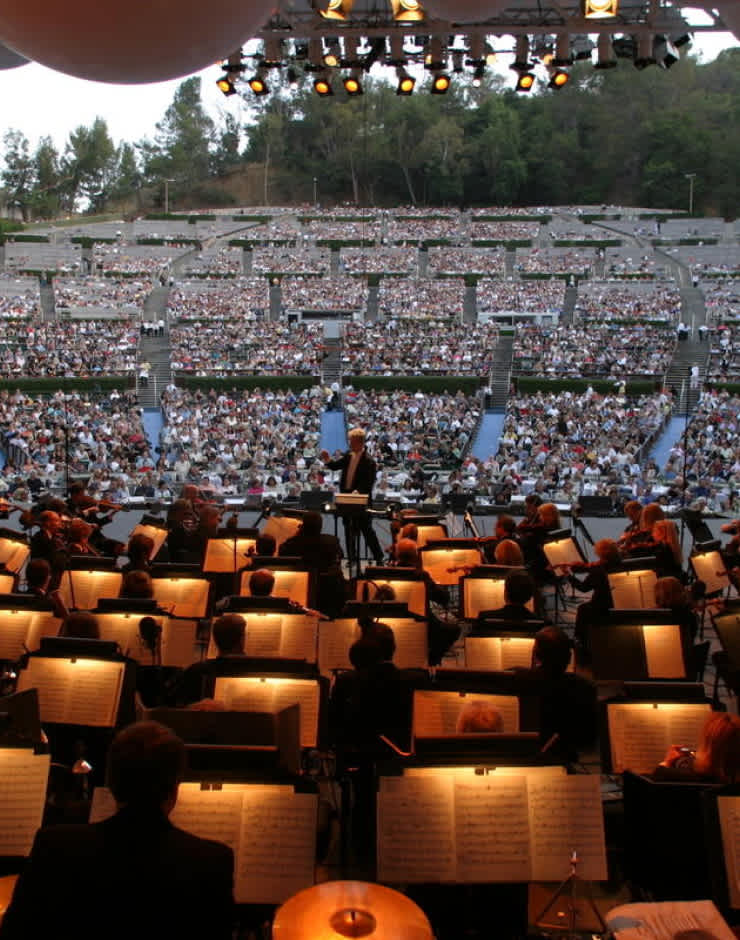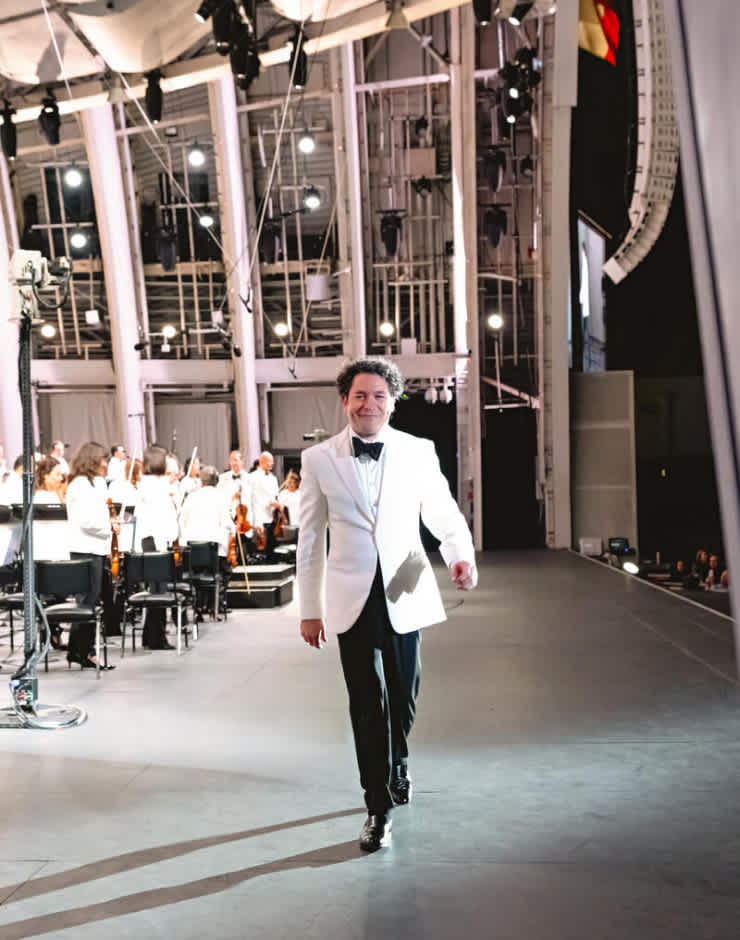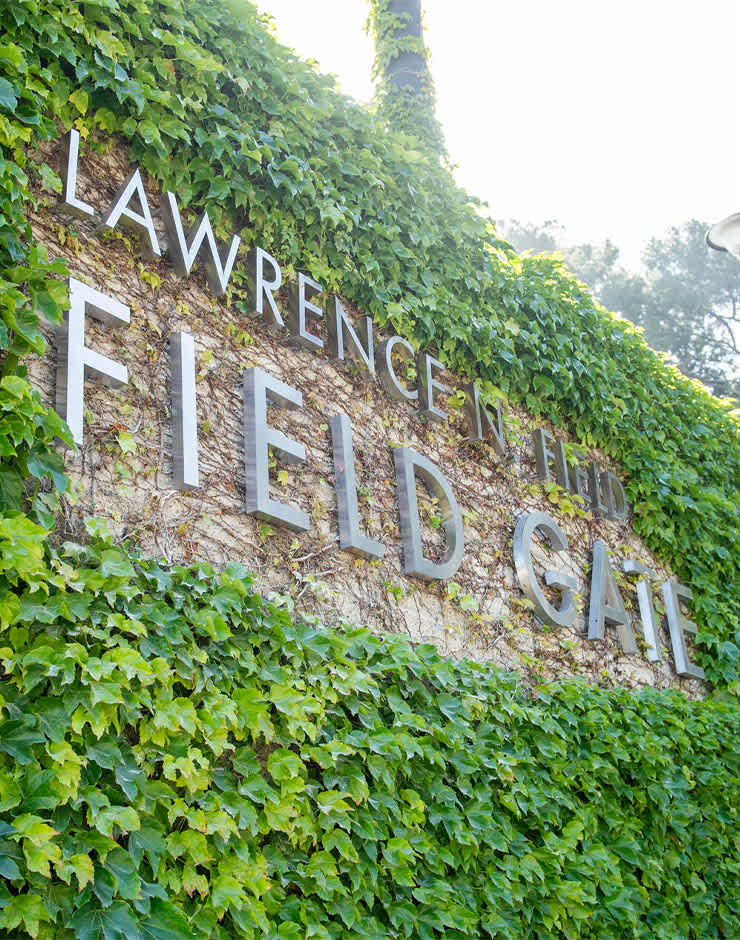The First 000 Years
Presented by
Explore Episodes
![The Marquee]()
Play Episode
Episode 1 | 9:26
MARQUEE
Seeing your name on the Hollywood Bowl marquee is one of the milestones signaling you...
![Muse of music]()
Play Episode
Episode 2 | 7:21
MUSE OF MUSIC
Born of the Great Depression and nearly lost to disrepair, the fountain complex has s...
![Episode cover]()
Play Episode
Episode 3 | 7:28
PEPPER TREE LANE
Pepper Tree Lane—the walkway that transports you to the Bowl—is named for the trees t...
![Tea Room]()
Play Episode
Episode 4 | 5:35
TEA ROOM
For decades, the Hollywood Bowl’s tea room and gardens were a gathering place as mean...
![Hollywood Bowl Shells]()
Play Episode
Episode 5 | 7:37
HOLLYWOOD BOWL SHELLS
From controversial choice to celebrated symbol, the Hollywood Bowl’s historic shells ...
![The Pool Circle]()
Play Episode
Episode 6 | 6:06
POOL CIRCLE
Of all the experiments in the Bowl design over the last century, none has inspired mo...
![SEATING AREA]()
Play Episode
Episode 7 | 8:22
SEATING AREA
Whether you prefer a box or a bench, the Hollywood Bowl experience has been a beloved...
![Backstage]()
Play Episode
Episode 8 | 7:33
BACKSTAGE
Before the current shell was installed in 2004, backstage at the Bowl was more greene...
![The Park]()
Play Episode
Episode 9 | 8:46
THE PARK
The Hollywood Bowl is an 88-acre Los Angeles County Park, filled with picturesque hid...
![]()
Play Episode
Episode 10 | 12:13
NAMED SPACES
Only a handful of truly devoted Bowl fans have been honored with a space named after ...
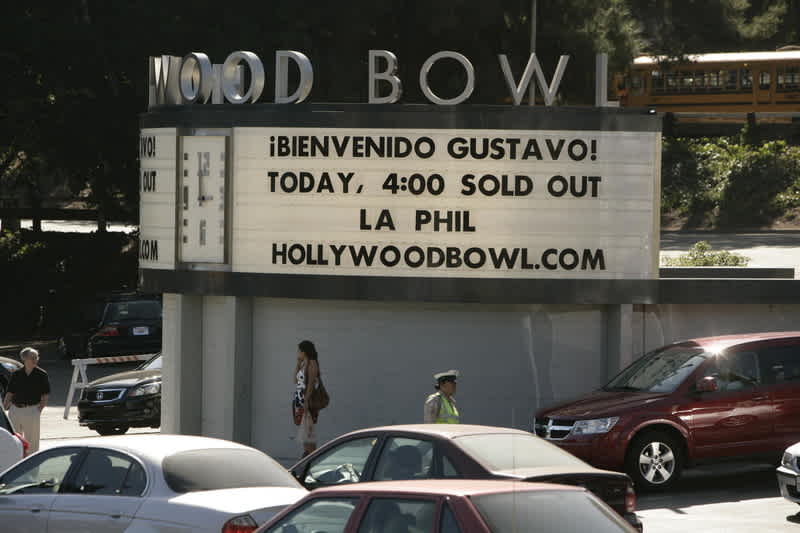
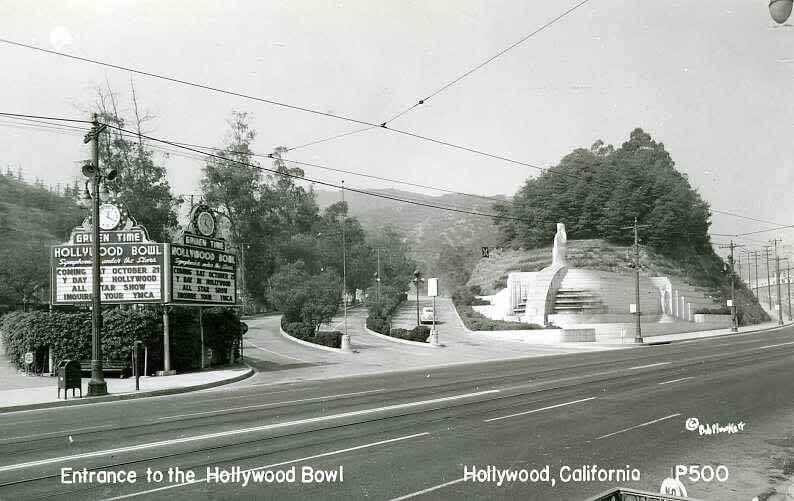

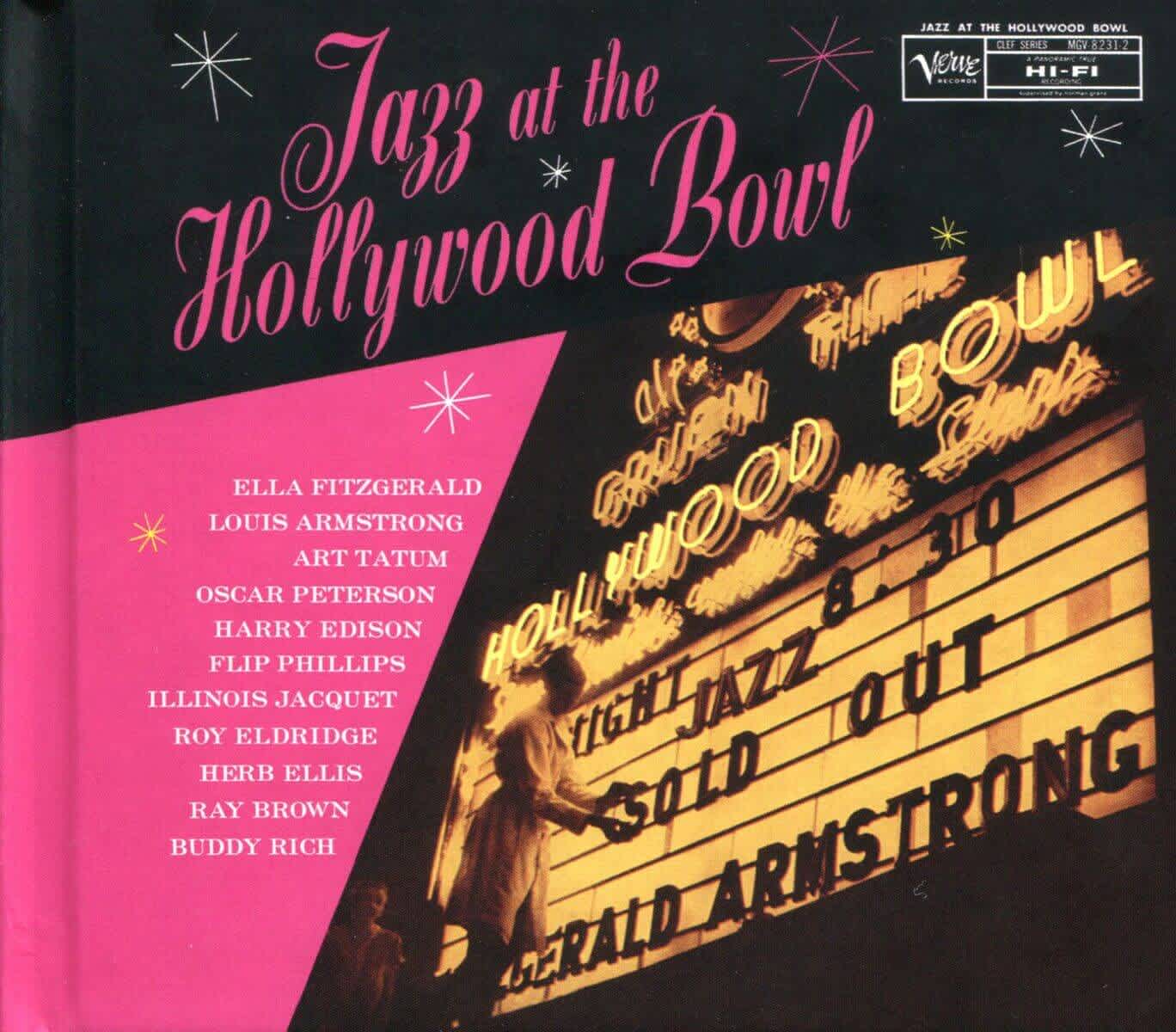
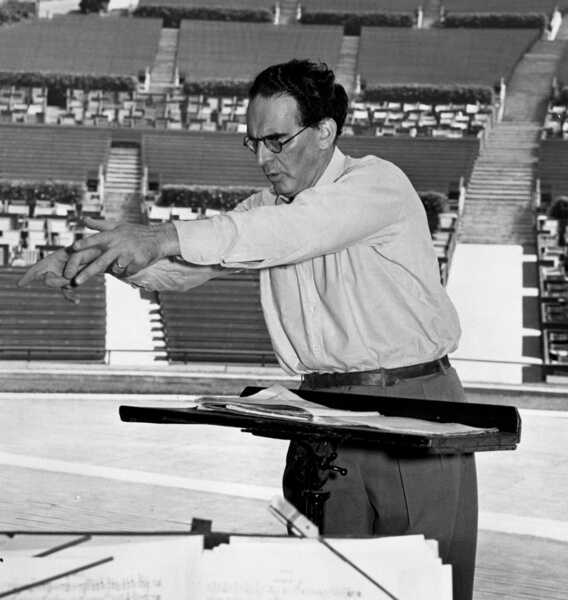
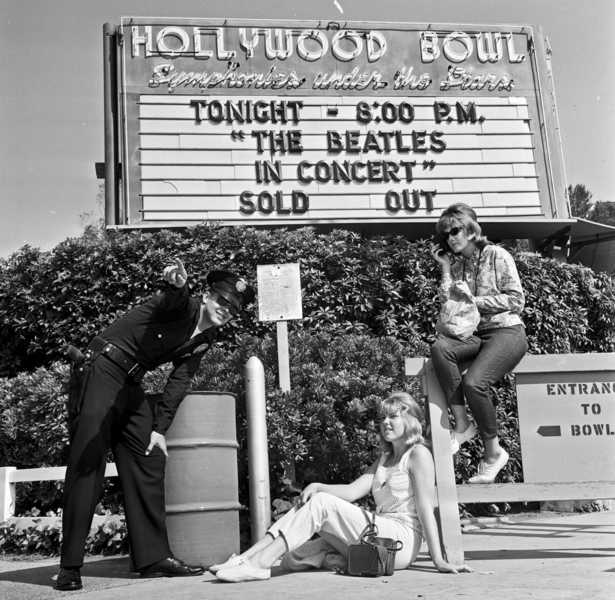

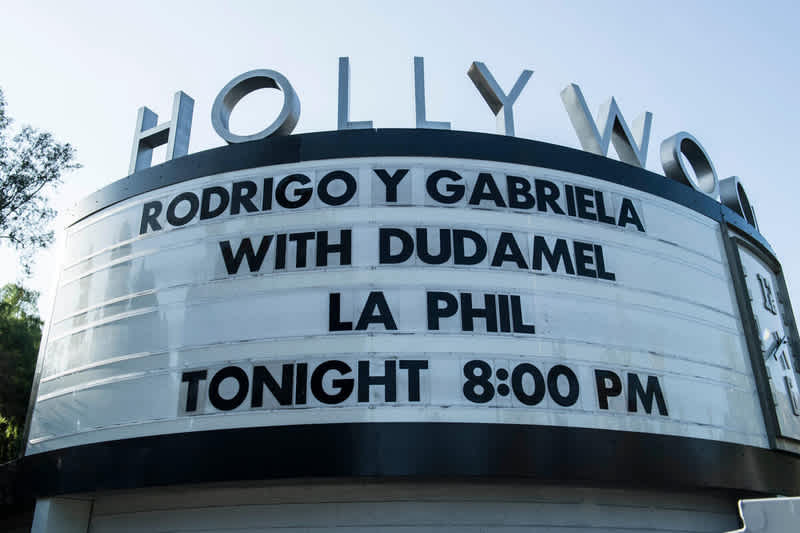
The Bowl’s marquee before the daylong, free Bienvenido Gustavo festival in 2009.
Photo Credit
Mathew Imaging
Entrance to the Hollywood Bowl, circa 1946
Photo Credit
Bob Plunkett
Hollywood Bowl billboard, advertising the season’s concerts including a controversial first appearance by Frank Sinatra
Photo Credit
Los Angeles Philharmonic Archives
Cover art for the historic double album Jazz at the Hollywood Bowl featuring Ella Fitzgerald and Louis Armstrong
Photo Credit
Los Angeles Philharmonic
Conductor Otto Klemperer in rehearsal at the Bowl, September 1937
Photo Credit
Photo by Otto Rothschild Courtesy of The Music Center
Police and music fans out front of the Bowl before The Beatles’ concert at the height of Beatlemania
Photo Credit
John Malmin/Los Angeles Times
The Hollywood Bowl’s electronic marquee at dusk.
Photo Credit
Tom Bonner Photography
The Hollywood Bowl’s static marquee before a 2018 concert
Photo Credit
Los Angeles Philharmonic
1/8
Unlike a V-shaped movie theater marquee, the Hollywood Bowl’s marquee forms a curved semi-circle. Its perfect bend is like the Mona Lisa’s gaze. No matter where you’re standing, you can always read the names on it. And if you’re an artist, seeing your name up there for the first time, the Bowl’s marquee is more than just a sign, it’s a sign you’ve made it.
The Bowl is one of those venues, like Carnegie Hall, that holds a symbolic importance. Established artists, for whom you might think the novelty had already worn off, will sneak down the hill to take a picture of their name in lights. What a feeling it must be, to know your name has been formed out of the same letters that once spelled: Sinatra, Dylan, Madonna, Midori, Heifetz, Hendrix, Dudamel, and Ella.
Let’s start with Ella. Ella Fitzgerald was the Hollywood Bowl’s most popular and enduring singing star. The First Lady of Song holds the unique distinction of selling out the venue in each of five decades, from the 1950s through the 1990s.
But Fitzgerald was more than just the Bowl’s most popular performer. Her ability to make the largest venue feel like the most intimate space changed the definition of what was possible for the Bowl. Fitzgerald was already an international touring artist when she made her Bowl debut in August 1956, alongside Louis Armstrong.
Legendary jazz impresario Norman Granz produced the show, recorded it, and released it on a double album titled Jazz at the Hollywood Bowl. If you’re going to listen to one live-from-the-Bowl concert—make it that one. Granz wrote in the liner notes how important that concert was for the artform. That night they proved that jazz could fill an amphitheater, and though it might have originated in “smoke-filled rooms” and nightclubs, it didn’t have to stay there.
That night, Fitzgerald was electric. Her joy, her talent, her passion, and her sense of humor were on full display. At one point, she started imitating Armstrong’s gravelly voice. It’s a really solid impression. Ella was a welcome presence on the Bowl stage for the next forty years. By the early 90s, she had stopped performing outdoors, and largely stopped performing altogether, but she kept playing the Bowl right until the end. When she tripped and fell on stage in the middle of a 1986 concert, the full house of 18,000 gasped in unison—Fitzgerald had undergone a quintuple bypass surgery only a few months prior. Fortunately, Fitzgerald had just lost her footing. From the ground, she looked out to the audience and quipped, “People can really say Ella fell for them at the Hollywood Bowl,” before she jumped right back into her song.
Fitzgerald passed away in June 1996, during the weekend of the Hollywood Bowl’s Jazz Festival, at which she had performed countless times. The marquee that morning read simply: Ella We Miss You.
Ella Fitzgerald’s impromptu weekend memorial came nearly 60 years after a different tribute concert—one that would come to define the Hollywood Bowl’s repertoire to this day.
In 1937, CBS Radio broadcasted the George Gershwin Memorial Concert live from the Hollywood Bowl. Gershwin was so unbelievably popular at the time that the entire city stopped to pay tribute to this man who had died suddenly and tragically of a brain tumor at age 38. Traffic into the Bowl was so congested that Fred Astaire gave up, abandoning his car and bounding up Highland in his top hat, white tie, and tails to make the show on time.
In addition to the 18,000 in attendance, the radio broadcast was the most listened to in the Bowl’s history to that point. And it was a recording of the broadcast that brought the Hollywood Bowl into the national consciousness.
When Gershwin’s Porgy and Bess was recorded in New York, the African American singers Todd Duncan and Ruby Elzy, from the original Broadway production, were replaced by white opera singers. That wasn’t the case at the Bowl. This broadcast, and this recording, was the first time anyone who hadn’t seen the stage show could hear them. Their performances might not have ever been recorded but for this concert.
The artists that day, like renowned conductor and LA Phil Music Director Otto Klemperer, pianist Charles Previn (uncle to André), conductor Johnny Green, and pianist Oscar Levant, would all work in the decades ahead to secure the legacy of Gershwin’s music and ensure that it always had a place at the Hollywood Bowl.
Through his vibrant piano performances on the Bowl stage, Levant helped solidify the definitive arrangements and interpretations of Gershwin’s works like Rhapsody in Blue or the Concerto in F. At Levant’s last performance of the Concerto, in 1972, he showed up late to the concert. When his driver brought him in, Levant noticed they were taking his name down off the marquee, putting up the next night’s billing. He was a highly superstitious man and took this as a bad omen and refused to go out on stage, thinking it would be his last time.
Johnny Green, at the podium that night, began conducting the orchestra without him, hoping the sound would lure Levant to the stage. It worked. Levant came out and gave a heart-rending performance. And it would, in fact, be the last time Levant’s name graced the marquee, as he died just a few weeks later.
I’d be remiss in talking about the Bowl’s marquee without pointing out that, since 1984, the Hollywood Bowl has actually had two marquees. The curved one on the west side of Highland Avenue—what we refer to as the “static marquee,” and, on a grassy island in the middle of Highland, the electronic marquee which is seen by 100,000 drivers who pass by it every day.
The electronic marquee is more than a promotional tool. Yes, it flashes screens with dates for upcoming concerts, but, if you look closely at the top, you’ll see there’s an observation deck, like you’d see on the mast of a sailing ship. From that perch, a transportation officer can control traffic on Highland Avenue, choreographing the flow of cars, busses, and pedestrians in and out of the venue. Former Bowl Superintendent Pat Moore once joked that there’s actually two conductors at the Bowl every night-one on the podium, and one on the marquee.
Whether static or electronic, the list of artists who have graced the Hollywood Bowl marquees includes almost every iconic name, across every genre of music, for the past 100 years of live performance. This summer, the Bowl is welcoming back many of those legends like Diana Ross and Grace Jones, alongside a new generation of artists who were inspired by them—everyone from Billie Eilish to Gregory Porter. If you hang around the Bowl Marquee—you might spot one of them sneaking a selfie.
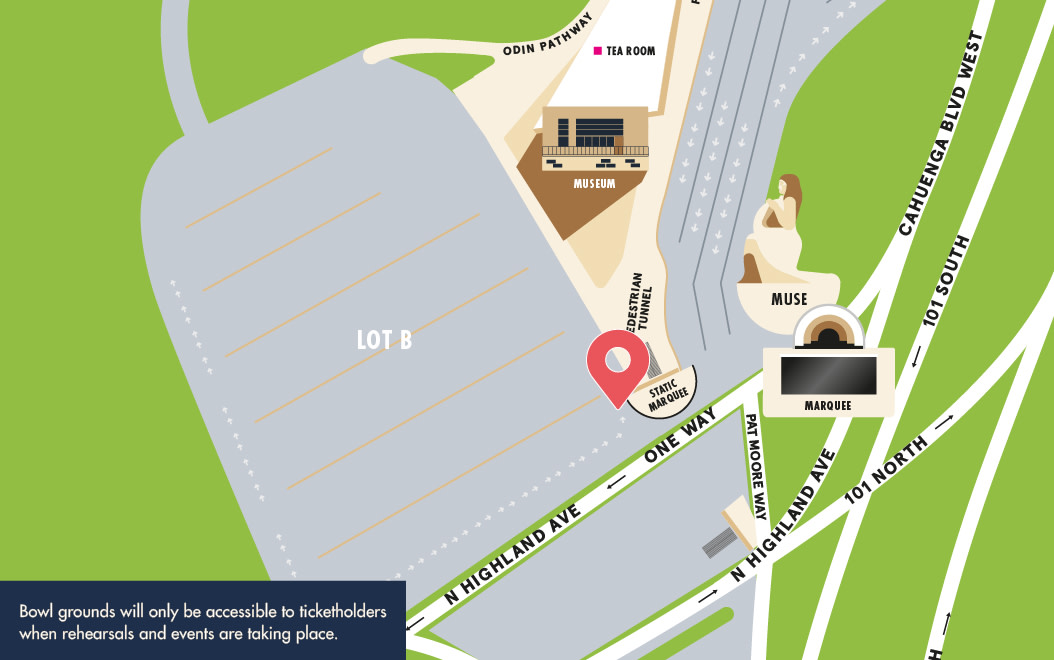
0:00
0:00
